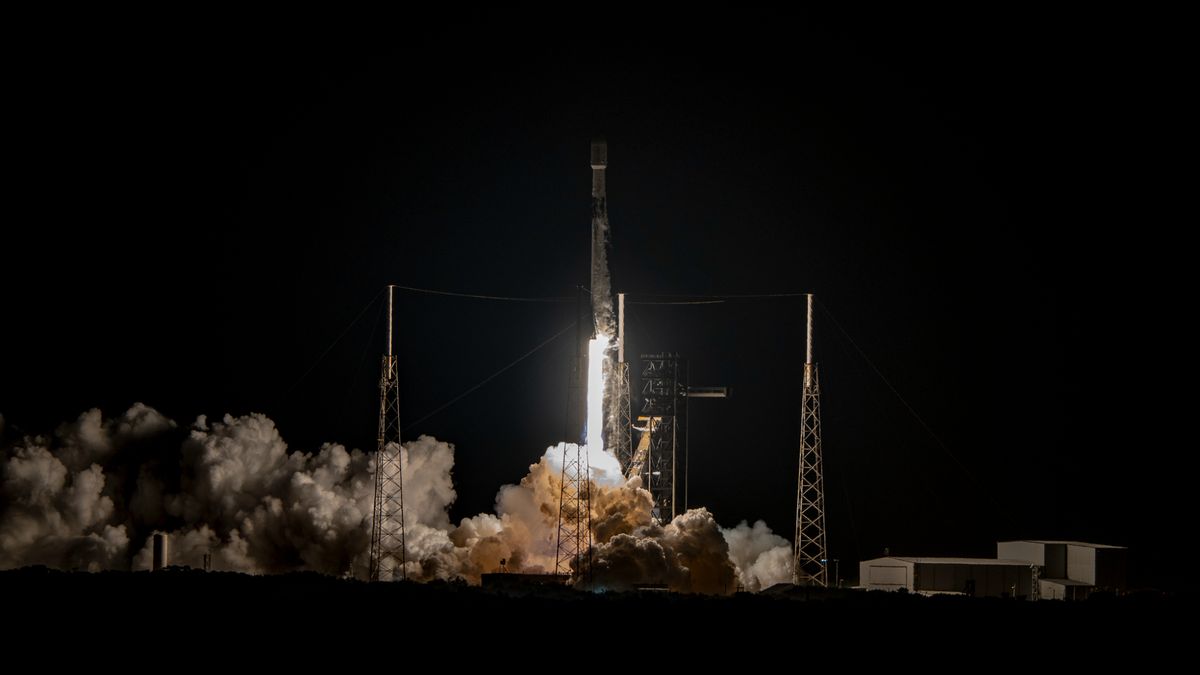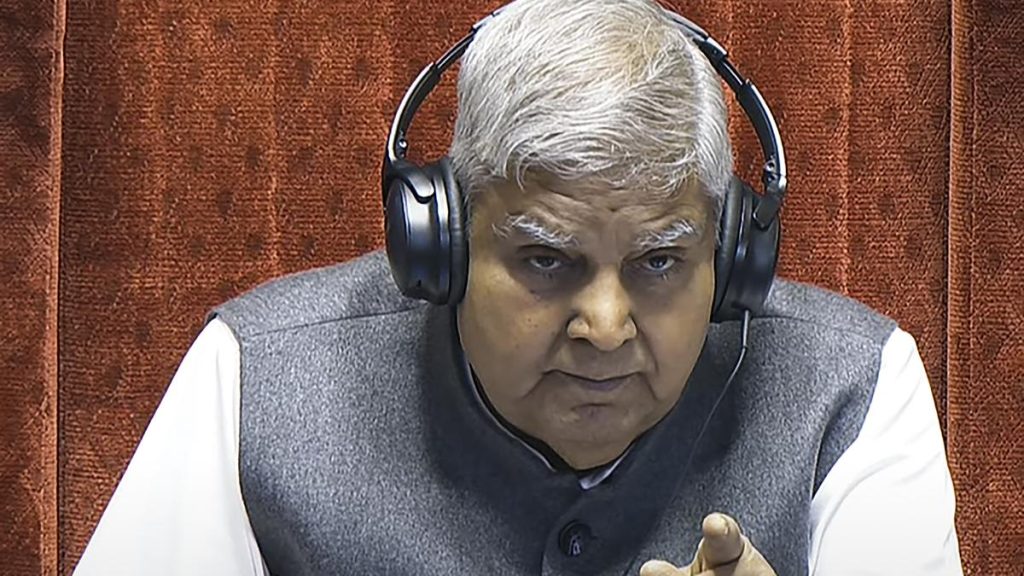Now Reading: SpaceX Falcon 9 Deploys 28 Starlink Satellites, Nails Booster Landing
1
-
01
SpaceX Falcon 9 Deploys 28 Starlink Satellites, Nails Booster Landing
SpaceX Falcon 9 Deploys 28 Starlink Satellites, Nails Booster Landing

Fast Summary
- SpaceX launched the Starlink 6-74 mission on April 24, 2025, using a Falcon 9 rocket from Cape Canaveral Space Force Station in Florida.
- The launch occurred at 9:52 p.m. ET and deployed 28 Starlink broadband satellites into low Earth orbit (LEO).
- The first-stage booster of the Falcon 9 (B1069) successfully landed on the droneship A Shortfall of Gravitas in the Atlantic Ocean after its separation.
- This was B1069’s 23rd flight, marking its role in SpaceX’s reuse program and its contribution to ongoing Starlink satellite launches.
- Over one hour after liftoff, all satellites were released into orbit to join SpaceX’s growing megaconstellation, which now exceeds more than 7,000 satellites.
- As part of this constellation deployment plan, satellites will maneuver into precise orbits over a few days before providing global internet coverage excluding polar regions.
- This represents SpaceX’s ongoing activity for internet connectivity worldwide through a grid-based system linked to user-based receivers pointing skyward.
- Thursday’s event marked SpaceX’s record-setting year with its 47th Falcon 9 launch and 30th mission specifically aboard floating payload vessel heading connectivity-expansion goals
Read More: Space.com Article
Indian Opinion Analysis
SpaceX’s rapid expansion of its satellite constellation through frequent launches showcases both technological efficiency and ambition toward universal internet access. For India-a nation pursuing growth in digital services infrastructure-starlink represents possibilities for bridging connectivity gaps across remote areas. However implementation challenges concerns overlapping public-central policies spectrum aligns well neutral-party/here
Stay Informed With the Latest & Most Important News
Previous Post
Next Post
Loading Next Post...

























